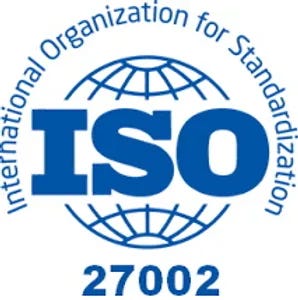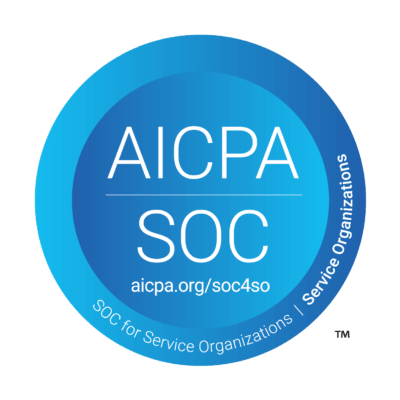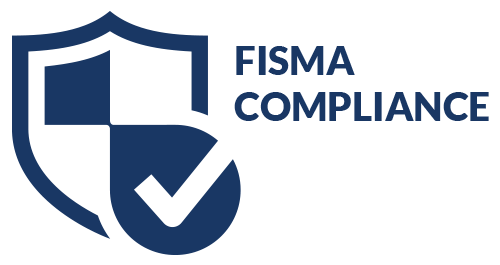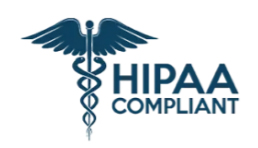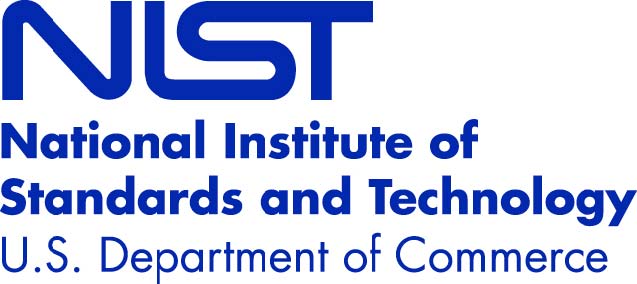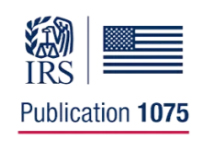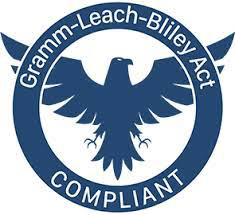Debt collection is a hot topic in healthcare revenue cycle circles. That’s because hospitals and physicians are facing higher costs, declining reimbursement, along with high-deductible insurance policies and patients that simply cannot afford to pay.
This article looks at how debt collection best practices could improve the revenue cycle in healthcare. What are the issues affecting debt in healthcare?
Debt Collection and Medical Billing
Medical billing serves at the core of healthcare revenue cycle. But Rev Cycle Intelligence points out the elephant in the room: Medical billing is often riddled with errors.
Simple mistakes in the patient billing record are a challenge in the revenue cycle. Collecting patient information at the front desk lays the reimbursement framework that every revenue cycle is built upon.
When you cull out simple human mistakes, providers are still left with the complexities inherent in billing practices that are unique to every payer. That alone creates glitches in clinical cash flow when reimbursements are submitted and rejected by the payer.
Another problem with medical billing is tied to the healthcare paradigm itself. It is a patchwork of disparate providers – even within a single health system. If the steps to getting paid hinge upon a previous interaction, but documentation are peppered with missing pieces, the likelihood of that provider being reimbursed by a payer drops with every missed checkbox.
A frequent issue that occurs well before the bill is generated is the issue of collecting a patient’s co-pay. Even when the co-pay is $20, the medical practitioner at the front desk may fail to collect it. For clinical administrators, it can be difficult to ask for payment from a sick patient. Now imagine the struggles when a patient has a $2,000 deductible. But failing to collect this revenue up front does nothing to alleviate patient responsibility for their bill. In fact, it almost certainly guarantees the need for debt collection later. Rev Cycle Intelligence states that 90% of the 12.7 million Americans participating in 2016’s open enrollment had high deductible insurance.
InsideARM has been waving a red flag around this issue, citing statistics that say, “The percentage of consumers not paying their total hospital bills will increase to 95 percent by 2020.” Even worse news for hospital revenue cycle, the volume of patients who are only paying a part of their overall hospital bill has declined from around 90 percent in 2015 to 77 percent in 2016.
As bad debt rises, healthcare providers are turning to debt collection agencies to help save their revenue cycle.
Debt Collection Improves Healthcare Revenue Cycle
TSI specializes in debt collection in the healthcare space. With over 45+ years of healthcare collection experience, we use an empathetic approach to collections to protect the patient relationships you’ve worked hard to cultivate. We understand the delicacy inherent in keeping patient satisfaction scores high while still collecting on an unpaid medical debt. That’s why we’ve invested in technology that can help us collect on all bad debt in ways that acknowledge and respond to patient payment preferences across multiple digital venues as well as through more traditional formats.
In addition, our proprietary data analytics platform, CollectX boosts your results by identifying the most liquid accounts and ensuring they receive the appropriate collections activity. Since implementation of CollectX, our clients have seen on average a 22% lift to their liquidation rates. Maintain your patient relationships, while improving your revenue cycle, with TSI.
To learn more about how to optimize your revenue, contact us today.
Want to learn more about TSI? Fill out the form and a TSI representative will contact you shortly.
